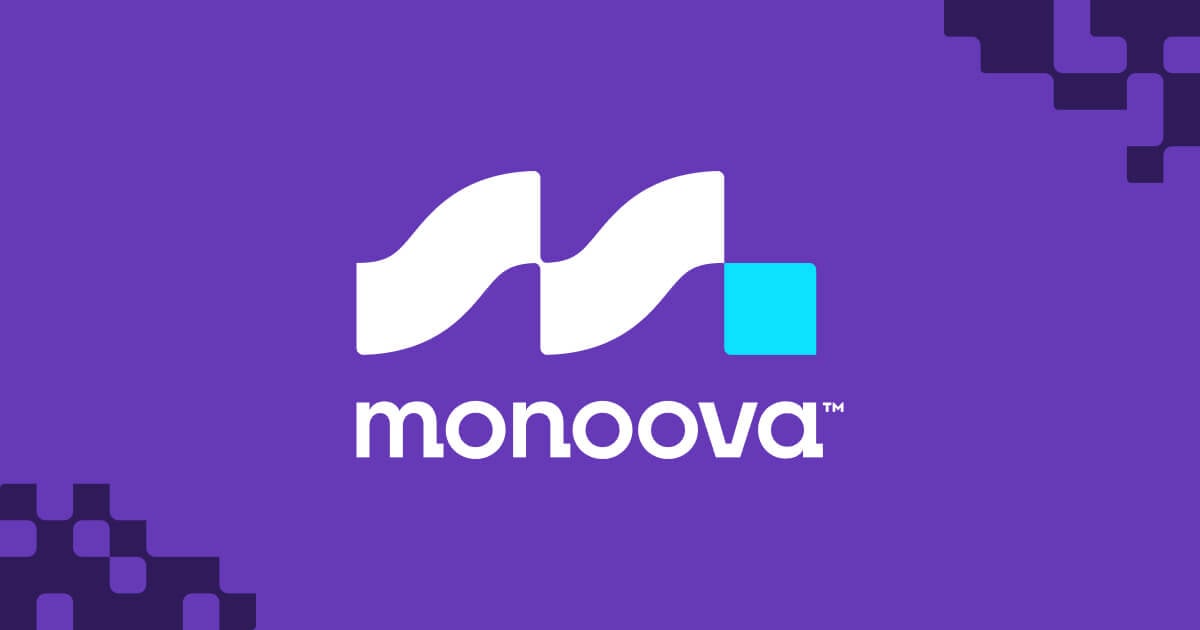It’s an important question: If you can become a trusted voice in your market, you’ve got a leg up on capturing the interest of your target market.
Ready to level up your leadership? While your style and substance may vary, these 10 tips can help boost your thought leadership strategy.
1. Maintain an Active Business Blog
Launching a blog that covers important topics relating to the industry in which you’re selling is perhaps the best way to establish and uphold your image as a thought leader. A well-written blog will make prospects and current customers confident that the products and services they buy from you are created using industry expertise. Not only will maintaining an active business blog reward you with a more credible industry presence, but when done right, it will also afford you additional business benefits such as improved lead generation and a boost in search engine optimization.
2. Contribute Guest Blog Posts
Once you start gaining traction as a credible business blogger using your own blog, it’s also a great idea to seek opportunities to contribute guest articles to the blogs of other industry thought leaders. Being recognized by already-established thought leaders as credible sources and contributors will further legitimize your industry expertise.
3. Publish Long-Form Content
Publishing longer-form content such as ebooks, whitepapers, and even webinars shows prospects and customers that your knowledge about given topics expands beyond 600-word blog posts. By publishing well-crafted, educational ebooks or other downloadable content, you’ll demonstrate that you’re capable of thought leadership on an even higher scale.
4. Launch Your Own Podcast
An alternative or complement to blogging, launching a regularly scheduled audio or video podcast is another great way to exhibit thought leadership. Consider discussing important industry-related topics or news and inviting other industry experts to join you as guests to create an even deeper level of credibility.
5. Speak at Conferences/Events
Your thought leadership doesn’t have to be limited to the web. Live, in-person conferences and events are valuable marketing assets, and a presence at these gatherings can be valuable to any business’s marketing efforts. Apply to speak at these types of industry events. Start with smaller events to introduce yourself to your industry’s speaking circuit, and work your way up to larger, more prestigious events once you’ve gained more experience and respect as a speaker. Once you’ve secured speaking engagements, always be sure to make your presentations as educational and non-promotional as possible to achieve maximum credibility.
6. Answer Questions on Social Media
This is perhaps one of the easiest thought leadership tactics to keep up with on an ongoing basis. Social media is littered with people trying to learn more or find answers to questions they have. Monitoring social media sites for industry-related questions can help you identify opportunities to share your expertise.
LinkedIn Answers is the perfect platform for this, allowing you to search users’ questions by industry and topic. Also, consider using Twitter Search to find users’ questions on Twitter. Quora and Facebook are also great places to search.
Once you’ve identified questions for which you can provide a helpful response, answer it in an informative, non-promotional way. (Bonus points if you can link to a blog post you’ve written that expands on the topic in question!)
7. Highlight Your Area of Expertise
You can’t be great at everything. For thought leaders, this general statement comes with specific advice: Don’t try to be the end-all, be-all for users’ questions. Instead, lean into your area of expertise to provide reliable insight and advice.
For example, if you’re an expert in business tax and invoice processes, this should be the focus of your content. If users ask questions that are outside this area, direct them to another leader that might know the answer rather than trying to fill in the gaps.
Not only does this boost your credibility in the eyes of your audience but gives you the chance to learn something new.
8. Dive into Detail
Want to build an audience? Dive into detail about what helped you get to where you are today and what you learned along the way.
Here’s why: The Internet is full of generic posts and blogs that offer “tips” or “tactics” without much detail, making them more frustrating than functional for users. To become a thought leader, apply your expertise and provide detail, from descriptions of your big successes to in-depth analysis of your failures and what you took from the experience.
Put simply? The more authentic detail you can provide, the better.
9. Keep your ear to the ground
Your industry isn’t static. New tools and technologies are constantly being developed and deployed, in turn changing or replacing familiar practices.
As a result, being an industry thought leader means keeping your ear to the ground and keeping up on what’s happening so you can provide your audience with the latest news. This is often made easier when combined with the fifth tip on our list — speaking at conferences and events. If you can create a solid business network, you can be one of the first people in the know about new developments.
10. Listen to (and learn from) feedback
Not everyone will like your content. Some users simply won’t enjoy the way you structure and deliver your blog or podcast, while others will have more genuine criticisms.
Although it can be challenging, it’s worth taking this legitimate feedback to heart, especially if it’s consistent. If multiple users are saying the same thing about an error you’re making or have a concern about how complicated you’re making a topic, it’s worth taking some time to consider their feedback and make changes accordingly.
Thought leaders are human — listening to and learning from feedback shows the capacity to grow and can boost your reputation.
Real-World Example: Sally-Ann Williams of Cicada Innovations
Sally-Ann Williams, CEO of Cicada Innovations, provides a stellar example of thought leadership in action. As a regular contributor to the Australian Financial Review (AFR), Sally-Ann pens insightful articles about all things deep tech, sharing her extensive knowledge and industry insights with a wide audience. Her thought leadership extends beyond writing; she frequently speaks at industry events, offering expert commentary and engaging with peers to stay at the forefront of innovation.
Moreover, Sally-Ann maintains a very active LinkedIn presence, where she shares updates, insights, and thought-provoking content. This consistent online activity helps cement her as the face of Cicada Innovations and an authority in the deep tech space in the country. By combining regular content contributions, public speaking, and social media engagement, Sally-Ann effectively establishes herself as a trusted voice and influential thought leader in her industry.
Her approach underscores the importance of a multifaceted strategy in building and sustaining thought leadership, highlighting the benefits of leveraging various platforms to reach and engage with your target audience.
Become a Genuine Thought Leader
Genuine thought leaders focus on providing value to current customers, potential buyers, and business partners alike. Their primary goal isn’t to drive up website visits or sales conversations — although the indirect result of trust and respect will likely be more business — but deliver content that’s engaging, compelling, and trustworthy.










